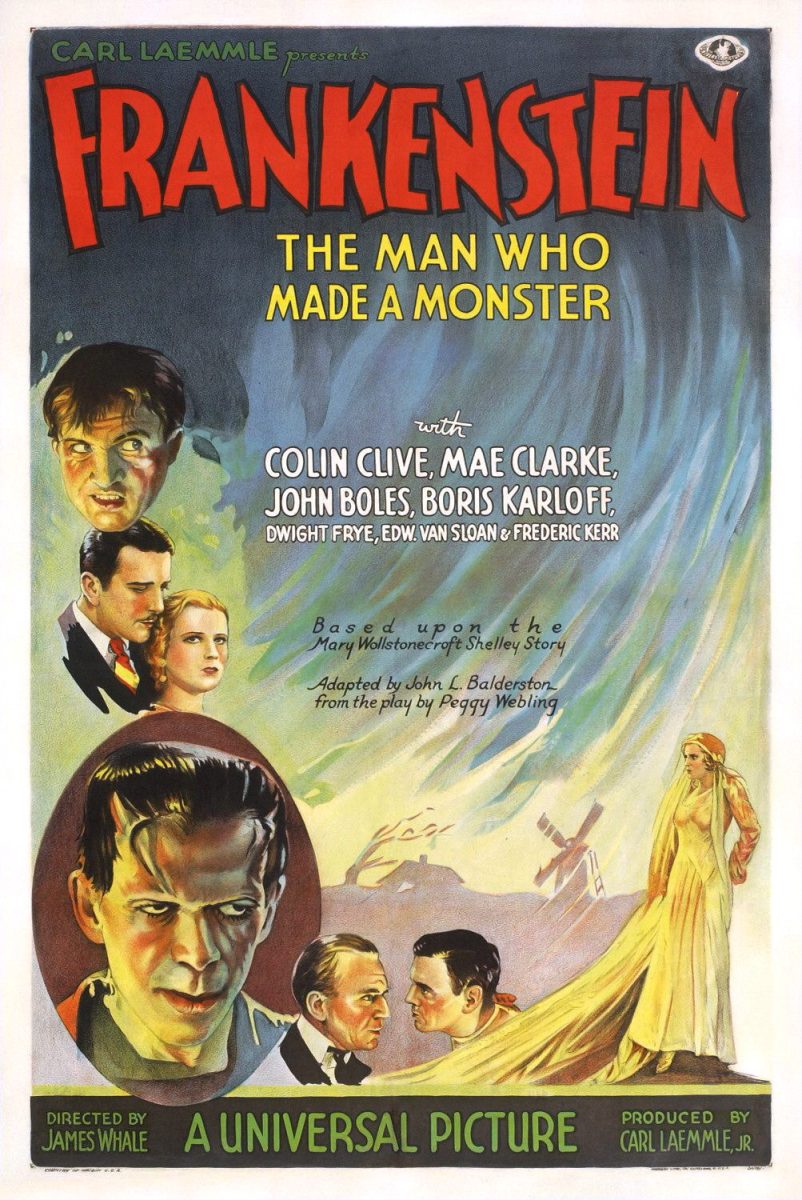Within the realm of outdoor activities, there are two types of adventure that one can participate in, regardless of what type of activity it is. There are guided adventures or there are pathfinding adventures. Each has their benefits and both have their fair share of cons.
A guided trip is any adventure that utilizes someone that has planned out a trip for you and knows the area better than anyone in the adventuring party. On the other side of the coin, pathfinding adventures are solely up to the adventurers to plan. Whether or not they know the area or if there is a plan, it is simply their adventure.
First off the train of thought are the guided trips. There are several great aspects to shelling out a little extra money to hire a guide or two to lead your group through some unknown territory. One such advantage is just that, being able to go into unknown territory.
When a guided trip is bought, there is an understanding that the guide will have scouted out the trip in advance and possibly has already led another group on the same adventure, so there is a safety within this knowledge that resides in the guide.
They will be able to tailor the trip to the need of the group and might even know about some hidden spots along the way that are optional, but typically worthwhile.
[media-credit id=90 align=”alignleft” width=”300″] [/media-credit]
[/media-credit]
Not to mention that along with knowing the route, a guide has also planned the whole trip out, so there is no work on the adventurer’s part.
All that you need to do is show up to the guide’s base of operations and leave. No planning. No buying food. No stress. Just follow the guide for a trip of a lifetime.
However, with the guide comes some unheralded baggage. The first and most apparent is the lack of freedom. With a guide, most trips are done within a realm of sanity so that the guide can keep their job, but without a guide, there is no job to worry about.
The group can go crazy, be as loud as they want and have unrestricted fun since there is no outsider to the group that is stuck with that very group, which leads to the next con.
The guide is an unknown themselves. There is no screening process for guides and therefore it is all luck as to whether your party gets a stud or a spud. If the guide doesn’t meld with the group, there is always an air of awkwardness that will hang around until they go away, but if they are a hole in one, it can make the trip even more fun with an unexpected friend.
On the other hand, pathfinding adventures can be much more memorable than a guided trip could ever be. The first benefit of going on your own trip is also the biggest con: it is your trip.
This means that whatever you want to do, within severe legal limits, and the whole wide world is open to you. No restrictions, no bosses. There doesn’t even need to be a plan if you don’t want one.
However, with the autonomy comes a much higher workload. The planning so that you don’t end up in a 127 hours situation is very important, not to mention that now of the destinations is up to your group.
Even though you can pick anything, that still means that you have to pick something, otherwise there isn’t a trip. Food also needs to find its way into the mix somehow, which means catering to individual diets and buying the food itself.
When one boils down the different trip types, the essentials lie in the amount of work. The guided trips are much easier and offer great trips but pathfinding adventures, while requiring lots of planning and prepping, offer a freedom and personal connection to the trip that runs deeper than most guided trips can ever hope to achieve.
So, it comes down to which one is more valuable to you and your group: ease of access or freedom. Whichever one you choose, an adventure is an adventure and remains to be unforgettable either way.













